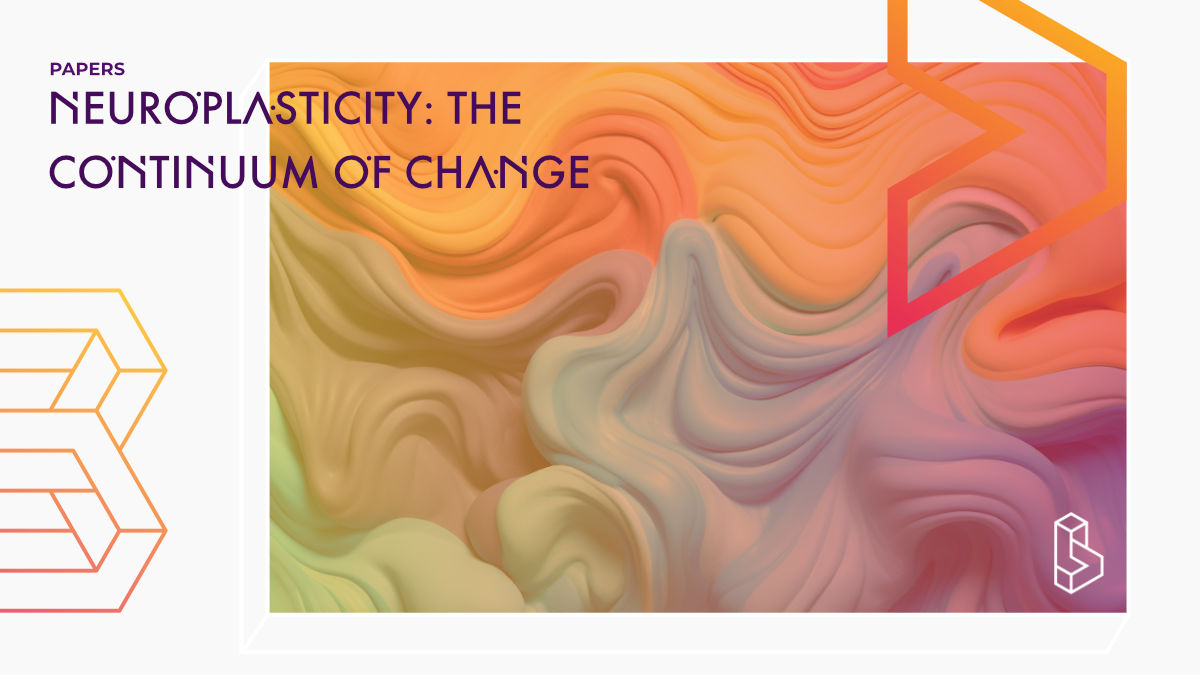This viewpoint (2023) explores the concept of neuroplasticity, which is increasingly used in mainstream discourse to describe how the brain responds to various stimuli. Neuroplasticity is a complex concept encompassing molecular, cellular, and circuit-level changes and their impact on human behaviour. The article aims to comprehensively understand neuroplasticity by engaging experts from various scientific disciplines. It emphasizes its relevance in healthy and diseased conditions, highlighting its importance in chemical neuroscience.
Abstract of Neuroplasticity: The Continuum of Change
“Neuroplasticity is a term that is increasingly permeating mainstream discourse and being used by the popular press to simplify descriptions of how the brain changes in response to stimuli such as exercise, sleep, food, drugs of abuse, and medicines, among others. However, it is a complex, multifaceted concept representing a continuum connecting molecular, cellular, and circuit-level changes and their effects on human behavior. In this Viewpoint, we examine neuroplasticity from several perspectives to construct a holistic view of this ambiguous term. By engaging experts across various scientific disciplines, we attempt to provide an easy entry point to the concept of neuroplasticity for readers of ACS Chemical Neuroscience. By highlighting how neuroplasticity changes in both health and disease, we demonstrate that the concept is applicable to both adaptive and maladaptive responses to stimuli, underscoring its significance in chemical neuroscience.”
Authors: Rachel Wallace, David E. Olson & Jacob M. Hooker
Summary of Neuroplasticity: The Continuum of Change
Introduction
The adult brain constantly changes, and “neuroplasticity” refers to this ability. It is used by popular media outlets such as the New York Times, Forbes, and NPR, but is often poorly defined and biased toward positive associations.
We asked experts from various scientific disciplines to explain the concept of neuroplasticity.
Neuroplasticity is a continuum of concepts linking molecules, cells, and circuits to behaviour and experience. It is a continuous cycle of human behaviour that changes neural connections, influencing human behaviour.
Find this paper
Neuroplasticity: The Continuum of Change
https://doi.org/10.1021/acschemneuro.3c00526
Paywall | Google Scholar | Backup | 🕊
Cite this paper (APA)
Wallace, R., Olson, D. E., & Hooker, J. M. (2023). Neuroplasticity: The Continuum of Change. ACS Chemical Neuroscience.

